Japanese Ramen for Beginners
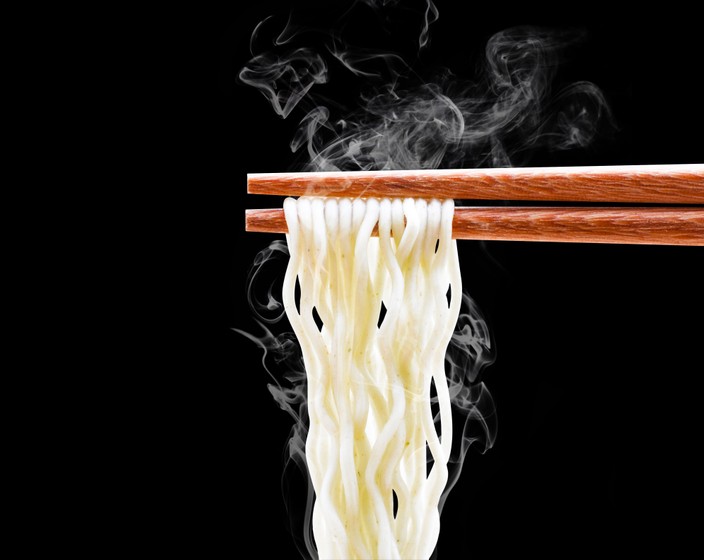
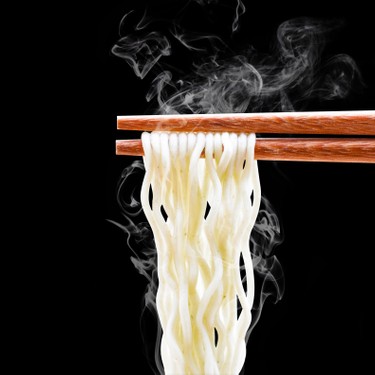


Curious about ramen? Traveling to Japan? This guide will introduce you to the top 8 ramen categories in Japan, and where to find them. I’m a full-time food YouTuber who has traveled to Japan numerous times for eating. First, I'll give you a quick rundown on the essential components of ramen. Then, I’ll take you through different types of ramen in Japan based on my most recent trip there, and the regions where they can be found.
Dashi refers to a group of broths, all of which are in large part responsible for the umami flavor you find in most ramen (though many ramen types include multiple sources of umami). Dashi is commonly made using kombu, Japanese sea kelp, and katsoubushi or bonito, two types of dried fish.
The dashi is then combined with a broth made from pork, chicken, seafood, clams, shellfish, or shrimp, or a combination of one or more of these. This in combination with the dashi begins to form the base flavor of any ramen. Traveling through Japan for ramen offers a wide variety of different broths to enjoy.
"Tare” (pronounced “tah-reh”) is a sauce that deepens the flavor and helps to differentiate types of ramen. There are three main categories of tare: shio (salt-based), shoyu (soy sauce), and miso (made from mashed legumes and grains--typically soybeans and sometimes wheat). Each tare is more complex than just these main ingredients and often includes a combination of other Japanese flavors. For example, sometimes shio tare can include some soy sauce. Tare is added to the broth and brings in even more of that umami flavor.
Ramen toppings can include green onions, bamboo shoots, seaweed, garlic, and different oils, as well as a protein like roasted juicy pork, chicken, or beef and a soft-boiled egg.
What distinguishes a ramen noodle is usually that it contains wheat as well as Kansui (aka alkaline salt). The Kansui helps develop the "ramen-like" texture of the noodle and adds additional flavor. The noodles served throughout Japan have a wide range of density and thickness. You can order them cooked at different firmness levels, but the standard is usually a slightly al-dente/undercooked texture.
When planning my recent ramen adventure through Japan, I had trouble deciding on the best route to take to taste them all. Since there are hundreds of types, it was too hard to attempt all in just one trip. Also, ramen is just one of Japan’s must-try noodle dishes! Japan is also famous for soba (buckwheat noodles), udon noodles (cold or hot), tsukemen noodles, spicy tan tan men Sichuan-style Japanese noodles, and many more! Like ramen, each of these noodle dishes also has dozens of varieties.
I narrowed down the cities to try the following ramen and noodles in Japan, settling on 6 major Japanese noodle cities. From North to South: Sapporo, Hakodate, Osaka, Kagawa, Fukuoka, and Tokyo.
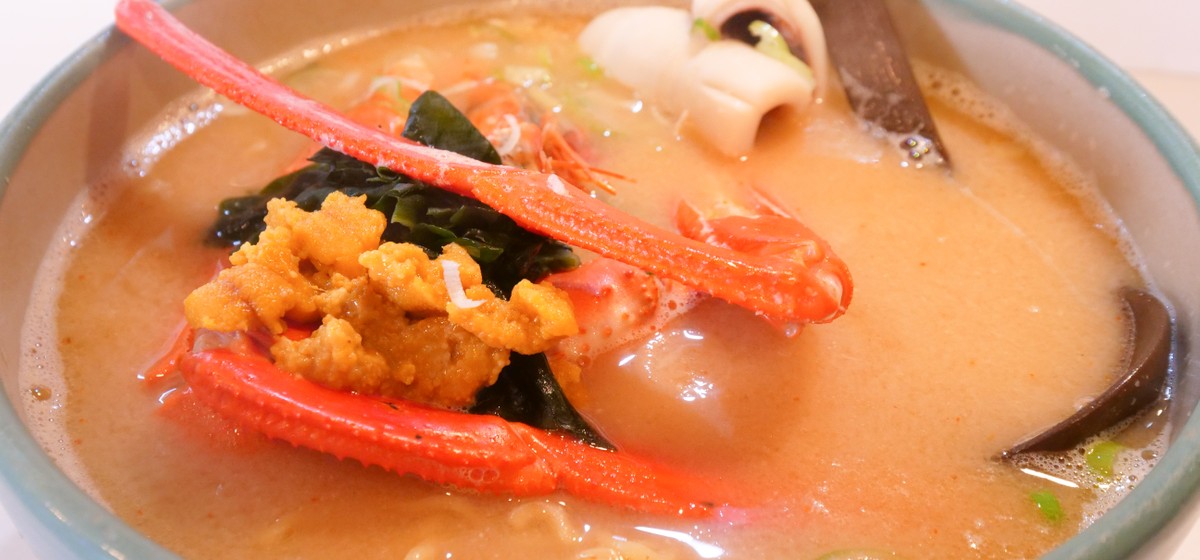
Starting in the north of Japan on Hokkaido island, miso ramen is a must-try bowl. Here, you’ll find miso ramen on every corner. The broth for this ramen is usually made from a mixture of pork, chicken, clams, shellfish, and shrimp. While there, I discovered miso shrimp ramen, a variation that I found even more delicious than “plain” (non-seafood) miso ramen that is more commonly found throughout Sapporo. You can also find seafood miso ramen made with snow crab legs, uni, scallops, and shrimp, which reminded me of a chowder.

Shoyu ramen is popular all throughout Japan, but I found my favorite bowl of it in Sapporo. It’s incredibly aromatic from the dark soy sauce, yet not too salty. I had bowls where the dark soy was mixed in with a seafood and animal-blend stock, lots of garlic, slightly nutty bean sprouts, and thick noodles. This dish is typically served late at night.
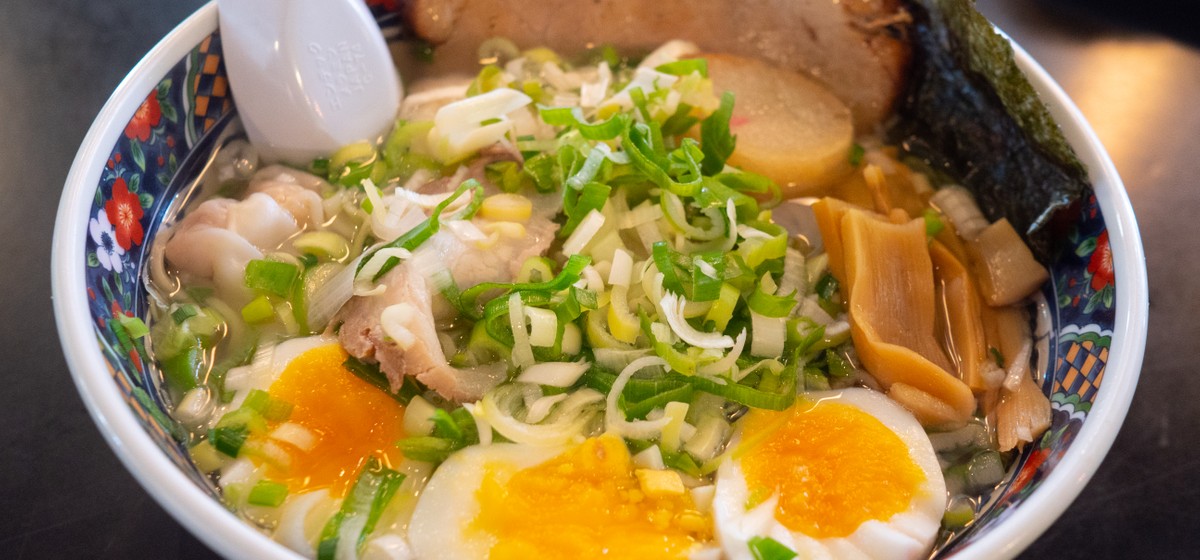
Moving a little further south to Hakodate, we find the famous branded ramen, Ajisai, which is headquartered in the city and uses the famous local sea salt to make its tare. The stock is an animal blend with kombu seaweed broth. There are a lot of different topping options, like chashu, half-boiled eggs, pickled bamboo, seaweed, and wontons!

HBEN is a well-known ramen shop in Osaka, and this was the best bowl of ramen I had throughout my trip to Japan. If you’re looking for an incredible bowl of ramen in Osaka, get to HBEN, quickly. They serve only 3 bowls--a “macro,” a “micro,” and an “original'' flavor. The macro is a light shoyu soy sauce with a shellfish and seafood broth, the micro is a dark shoyu, and the original flavor is a clear stock. I ordered the macro. The shellfish and seafood broth with shoyu (soy sauce) tare is so aromatic! It's also served with the thickest and fattiest chashu pork belly. The pork belly fat melts into the bowl and you can barely pick up a piece without your chopsticks gliding through the meat! It’s served with negi greens, bamboo shoots, and a soft-boiled egg. It was subtly sweet and very umami from the shellfish and seafood broth, made even better with light shoyu.
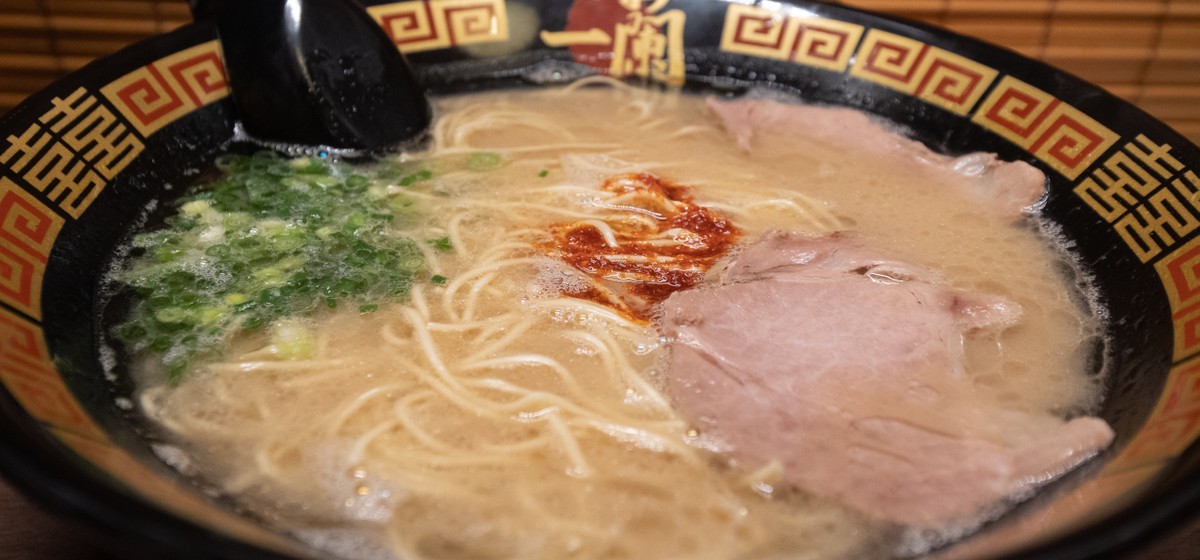
Traveling to Fukuoka in the south of Japan brings one bowl to mind: Hakata ramen. It’s made of a thick tonkotsu pork bone broth, boiled for 18-36 hours to slowly melt the bone marrow and to give a white creaminess. If you visit Fukuoka, it’s worth a visit to the original Ichiran ramen chain to try their fully customisable Hakata ramen.
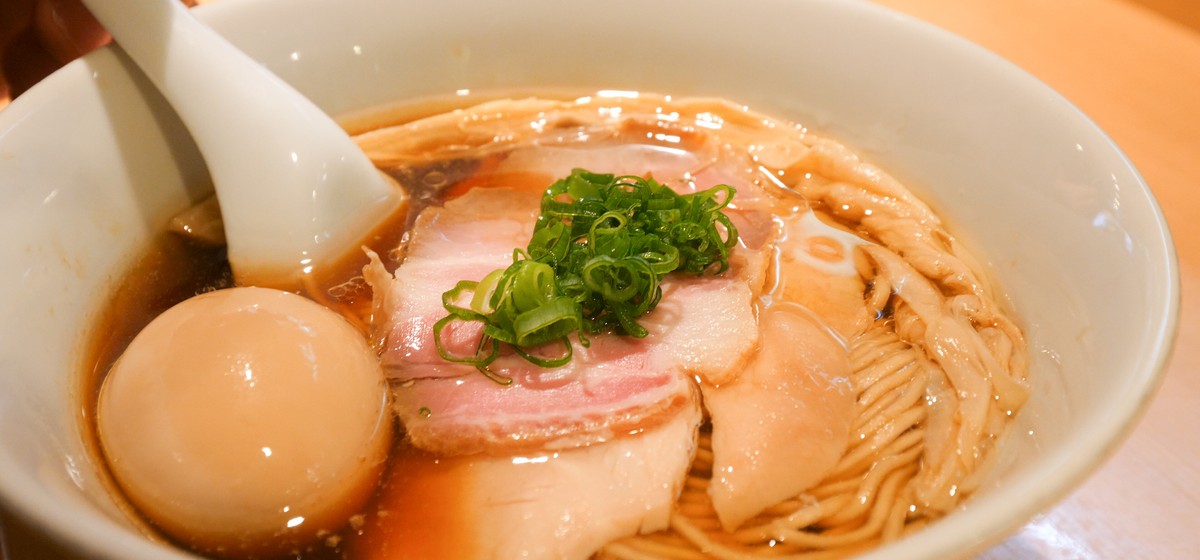
Tokyo is constantly ranked as one of the world's culinary capitals, and traveling here presents you with thousands of ramen opportunities. One of my favorite bowls in Tokyo was the classic Tokyo chicken shoyu ramen, made with a deep, rich chicken broth and a dark-roasted, shoyu-based tare seasoning. It was topped with a sous vide chicken and pork char sir and bamboo shoots with organic Japanese eggs. You can find a bowl at Ramen Hayashida.
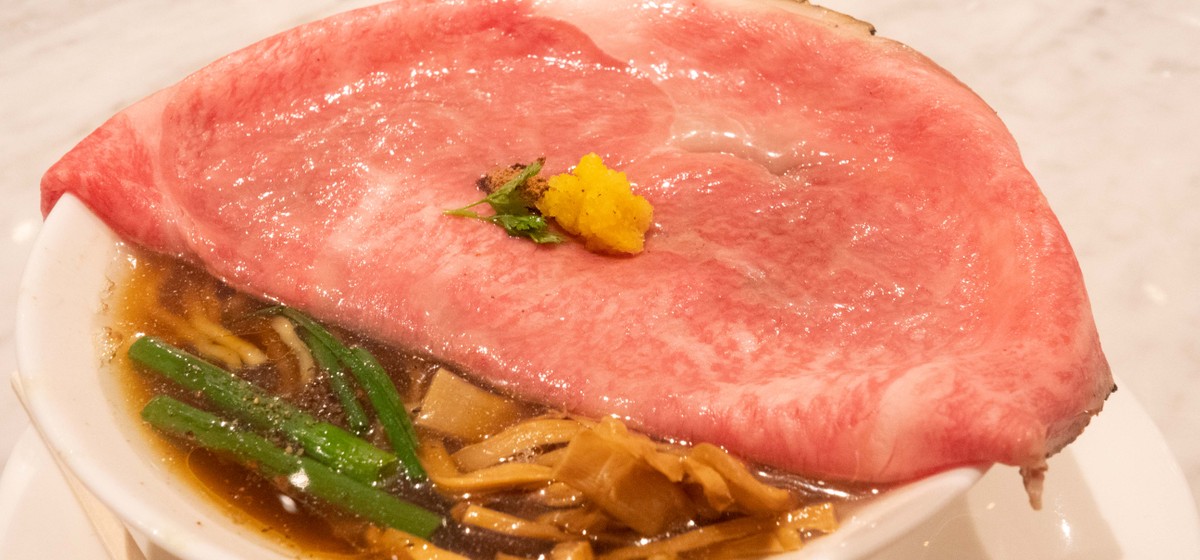
While not a traditional Japanese ramen, this is one worth trying on any visit to Tokyo. A5 Wagyu beef is added to a chicken shoyu stock that is addictively good. I found this bowl at Mensho San Fransisco, a restaurant bringing ramen from the USA’s West Coast to Japan!
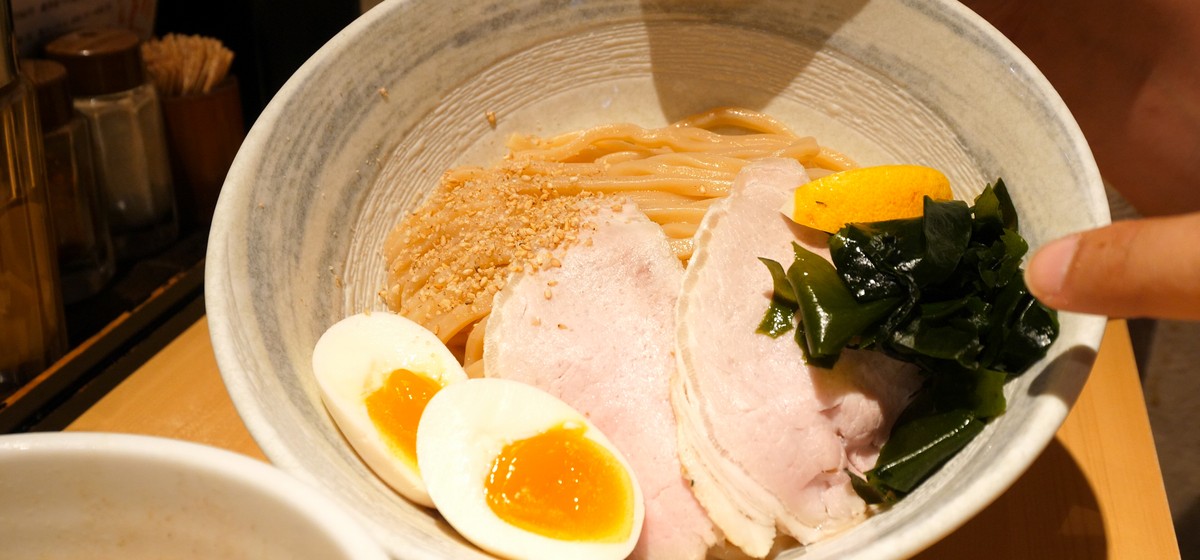
Tsukemen Michi is technically not a ramen, but I included it on this list because it’s just SO GOOD, and worth having if you’re thinking of branching out from ramen varieties. Here, instead of your noodles being inside the soup, you dip your noodles into a separate bowl of thick and delicious broth made from a thick, condensed broth of dried fish and chicken/pork stock. The soup contains shrimp wontons, bamboo shoots, and chashu, and the noodles are thick and come with seaweed, sesame seeds, and a lemon to change the flavor halfway through your meal.